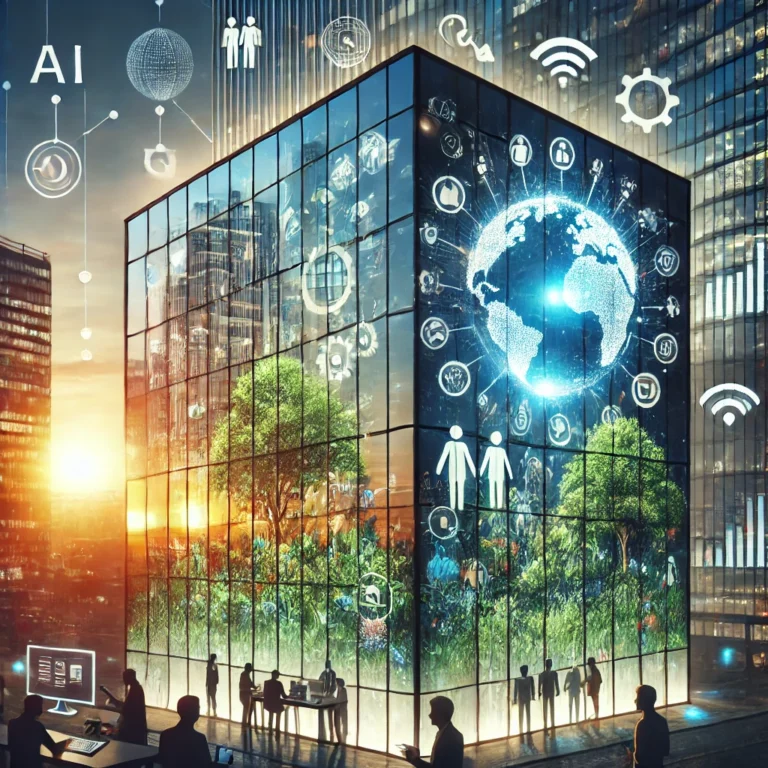Have you ever wondered how real change happens through examples of CSR initiatives in neighborhoods worldwide? As more organizations launch projects that address environmental issues, public health concerns, and educational needs, it’s clear these efforts can dramatically reshape local communities. If you’re seeking ways to adopt a strategy that drives meaningful results, explore how you can craft a powerful CSR vision that aligns your values with genuine impact.
Why CSR Initiatives Matter for Communities
CSR, often referred to as corporate social responsibility, involves companies stepping beyond profit motives to address social or environmental challenges. Such efforts range from reducing a carbon footprint to supporting education or healthcare programs in underserved regions. According to a 2021 Boston College study, 66% of senior executives say community engagement significantly boosts employee morale and brand perception.
These initiatives matter because they trigger a cycle of positive ripple effects. Local enterprises benefit when skilled volunteers share expertise or when financial resources fund public programs. Organizations looking to maximize these advantages frequently opt to work with a seasoned CSR consultant who understands how to nurture long-term social improvement.
Major Approaches to Corporate Social Responsibility
Not all CSR programs follow the same model. Some emphasize narrow yet high-impact goals such as climate change mitigation, while others prefer broader community development plans. Regardless of approach, the key is to align social impact with the organization’s capabilities so communities receive sustainable support.
Environmental Sustainability
Environmental sustainability focuses on reducing pollution, protecting natural habitats, and promoting renewable energy. Lego, for example, invested over $160 million in a Sustainable Materials Center to research bio-based plastics, drastically cutting single-use packaging waste. Patagonia has gone so far as devoting 1% of its sales to environmental nonprofits and actively encouraging product repairs to reduce clothing waste.
These measures protect ecosystems and show communities a tangible commitment to preserving resources. By embracing such sustainable business practices, organizations can attract like-minded consumers who respect eco-friendly tactics and are more inclined to engage with the brand.
Community Development and Education
Another prominent CSR approach is investing in educational infrastructure and skills training. Salesforce’s 1-1-1 philanthropic model—donating 1% of its products, equity, and employee time—has fueled millions of volunteer hours benefiting schools. Google has further advanced social impact programs by providing pro bono hours for racial justice and helping students learn coding fundamentals across the globe.
These programs improve academic opportunities, raise household incomes, and eventually spark local entrepreneurship. For the organizations themselves, seeing direct community improvement helps galvanize teams who want to contribute to something bigger than everyday work tasks.
Ethical Labor Practices
CSR also encompasses ethical sourcing, fair labor conditions, and transparent supply chains. Starbucks’ Coffee and Farmer Equity (C.A.F.E.) Practices support local growers through stable pricing and training in sustainable farming. In this way, Starbucks promotes ethical business practices while improving farmer livelihoods and regional economies.
When companies operate with integrity, they provide safe working conditions, better wages, and a sense of dignity for workers. This approach fosters trust across populations who rely on stable conditions to thrive, reinforcing positive brand relationships along the way.
Health and Well-Being
Many CSR programs address physical and mental health at a community level. Johnson & Johnson invests heavily in frontline health workers, focusing on maternal and child wellness in underserved areas. Walmart’s hunger relief efforts have delivered billions of meals to low-income families by partnering with nonprofits and food banks.
Health-focused projects drive immediate benefits, such as battling malaria or distributing essential food, while simultaneously empowering communities to flourish. This reduces healthcare burdens and provides a stronger economic foundation for families in need.
Disaster Response
In crisis situations, swift action can protect lives, livelihoods, and infrastructure. Airbnb’s Open Homes program offers free temporary housing to those displaced by natural disasters, connecting volunteers and relief services. Coca-Cola provides water purification systems and beverage donations, collaborating with the Red Cross to quickly reach survivors in devastated regions.
By stepping in during emergencies, corporations demonstrate social innovation and highlight the power of global resource networks. Disaster relief efforts also remind communities that business leaders can be powerful allies in overcoming unpredictable challenges.
Examples That Have Achieved Real Transformation
Around the world, forward-looking companies and nonprofits are spearheading standout CSR initiatives. Lego’s sustainability journey continues to make headlines, but smaller brands also demonstrate innovation. Take tentree, which plants 10 trees for every product sold and provides local communities with resources to maintain them.
Salesforce’s partnership with school districts has reduced algebra repeat rates significantly, while Starbucks has succeeded in making nearly all its coffee sourcing ethically verified. Patagonia has famously been labeled a pioneer for defending environmental causes aggressively, going as far as suing government bodies to protect valuable public lands. If you’re curious about how better CSR can elevate both society and team motivation, consider strengthening your brand and culture with shared goals that resonate with employees.
These initiatives do more than generate goodwill; they yield measurable improvement and reinforce corporate values. For instance, Patagonia’s repair program has serviced over 100,000 articles of clothing annually, significantly reducing textile waste. Meanwhile, Starbucks’ direct investments have helped over one million farming families improve their livelihoods.
Comparing Different CSR Strategies
When evaluating diverse CSR programs, it’s helpful to compare how companies measure progress. Environmental efforts often rely on metrics like emissions rolling averages, plastics reduction, or water usage cuts. On the other hand, philanthropic or community-based projects might focus on job creation rates, school retention improvements, or volunteer-hour benchmarks.
Walmart’s donation-based strategy works well for short-term relief of large-scale hunger problems, whereas Salesforce’s model is long-term, providing resources and tools to education systems that operate continuously. Many organizations aim to combine multiple CSR strategies, mixing philanthropy with robust community engagement to produce all-around benefits. For a deeper dive into how these efforts connect to broader organizational targets, you can look into understanding the benefits of corporate social responsibility for both profit and public standing.
FAQ
How can small businesses engage in impactful CSR?
They can focus on local community needs and partner with nonprofits to offer time or resources. By leveraging specialized skills—like marketing or logistics—small businesses can support targeted projects without needing huge budgets.
How is the success of CSR programs measured?
Organizations typically use outcome-based metrics, such as carbon reductions, job placement rates, or academic improvements in local schools. Regular reporting and stakeholder input help refine strategies over time.
What if a company lacks the internal expertise to launch a CSR initiative?
Nurturing in-house know-how takes time. Hiring consultants or specialists, or teaming with nonprofits that have direct experience, can get projects rolling and impart valuable lessons in the process.
Bottom Line
Strong CSR strategies can truly uplift entire communities through focused actions on sustainability, education, fair labor practices, health, and crisis response. From boosting volunteer participation to improving local economies and access to resources, these programs deliver lasting change. If you want guidance on integrating social impact into your business model, learn more about when and why your organization needs a corporate social responsibility consultant to chart the way forward.
Any organization—small startup, midsize enterprise, or multinational—can harness CSR to strengthen social ties and lead meaningful community transformations. The process doesn’t require complexity, only thoughtful planning, community-first collaboration, and a willingness to follow through. When done well, these efforts elevate everyone involved.
References
- Boston College Center for Corporate Citizenship. (2021). “Executive Perspectives on CSR.” Available at: https://ccc.bc.edu
- Harvard Business School Online. (2020). “Corporate Social Responsibility Examples.” Available at: https://online.hbs.edu/blog/post/corporate-social-responsibility-examples
- Benevity. (2023). “Corporate Social Responsibility Examples.” Available at: https://benevity.com/resources/corporate-social-responsibility-examples







